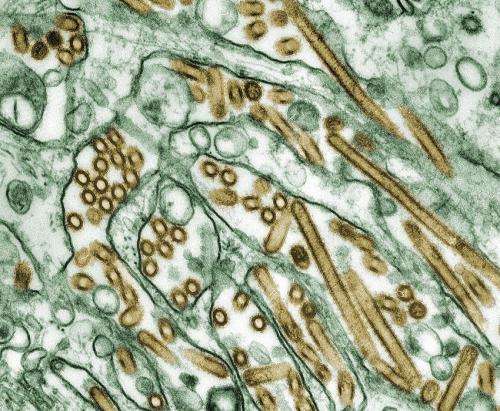Child Hospitalized as Bird Flu Cases Rise in Cambodia

A child in Cambodia is hospitalized amid a surge in H5N1 bird flu cases, highlighting ongoing risks of avian influenza transmission and the importance of vigilant disease surveillance.
Recent reports from Cambodia's Ministry of Health reveal a concerning increase in human infections of H5N1 avian influenza. The latest case involves a five-year-old boy from Kampot province who is currently receiving intensive care due to severe respiratory symptoms. This incident follows the death of a 19-month-old child in neighboring Takeo province from the same virus, highlighting the persistent threat of H5N1 in the region.
Since the first detection of human cases in 2003, there have been over 950 infections worldwide, with nearly half resulting in death. The current Cambodian cases are linked to the 2.3.2.1e lineage of H5N1, circulating among poultry populations and occasionally infecting humans through direct contact, mainly in rural areas. The recent spike includes 12 cases in 2025 alone, with a significant number occurring in June, indicating a rising trend.
The virus primarily spreads rapidly among poultry, but certain strains have shown the potential to infect mammals, leading to fears of wider outbreaks. A reassortant virus combining genetic elements from different H5N1 strains has been identified, possibly contributing to the increased human infections in Cambodia.
While no evidence of human-to-human transmission has been observed so far, the situation underscores the importance of the 'one health' approach—integrating human, animal, and environmental health responses. Factors such as limited veterinary oversight, informal poultry markets, and poor biosecurity may facilitate the virus's persistence and evolution, raising the risk of broader outbreaks.
Experts emphasize that expanding disease surveillance, especially in rural areas and among wild bird populations, is crucial for early detection and pandemic prevention. Continuous monitoring and control measures are vital to mitigate the threat of this highly pathogenic virus and prevent a potential pandemic.
Stay Updated with Mia's Feed
Get the latest health & wellness insights delivered straight to your inbox.
Related Articles
Innovative Digital Cell Twin Advances Lung Cancer Research
A groundbreaking digital cell twin developed by Graz University of Technology offers new insights into lung cancer mechanisms, focusing on calcium dynamics and bioelectric processes, paving the way for personalized cancer therapies.
AI System Competes with Human Expert in Complex Medical Diagnosis
Harvard Medical School pioneers Dr. CaBot, an AI system capable of reasoning through complex medical cases and competing with human experts, promising new advances in medical education and research.
Vitamin A Transporter RBP4 Successfully Reactivates Hidden HIV Reservoirs
Scientists discover that the vitamin A transporter RBP4 can reactivate dormant HIV viruses, opening new pathways toward an HIV cure using the body's natural mechanisms.
Vitamin D Enhances Chemotherapy Effectiveness in Breast Cancer Patients
A recent study reveals that low-dose vitamin D supplementation can boost the effectiveness of chemotherapy in women with breast cancer, potentially increasing tumor remission rates and offering a cost-effective adjunct treatment.



